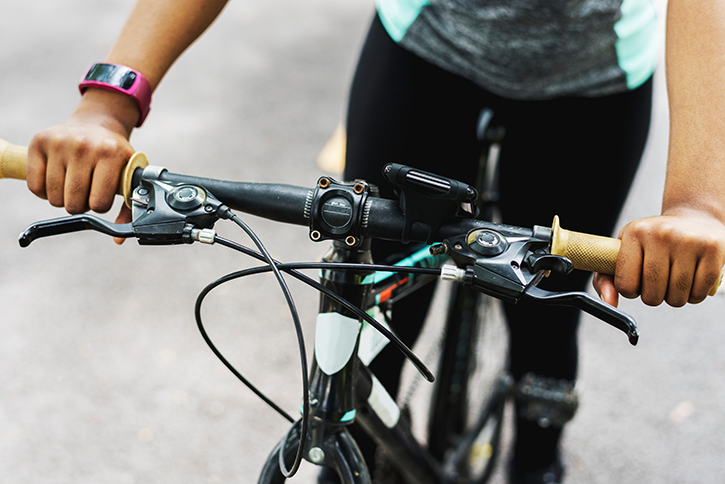Tips for Healthy Joints When Exercising
Your joints have a big responsibility — they're movable connections between two bones that allow your body to move. Healthy joints are vital for almost everything you do as you go through your daily activities, so it's important to keep your joints in good shape, no matter what you're doing. Exercise is an excellent way to keep your joints healthy, but it's crucial to exercise safely so your joints stay strong and function as they should.

How Your Joints Work
A layer of cartilage covers the joint surfaces to keep the bones from rubbing together. This cartilage passes the pressure on the joint itself to the bones it's protecting. This is important for all joints, but especially for larger weight-bearing joints, such as the knees or hips. There is also a space in each joint, called the joint cavity, that is sealed tightly by the joint capsule. There is thick synovial fluid within each capsule that keeps the joint moving easily and helps spread out pressure on the joint when it's used.
Why Exercise is Important for Joint Health
Your joints don't exist all by themselves — they're dependent on a variety of tissue to stay healthy and strong, including muscles that help support them. Also, if you move your body on a regular basis, you'll increase your flexibility, and it can cut down on the wear and tear on the cartilage within each joint that can result in osteoarthritis, which is painful and can be debilitating.
Healthy joints allow you to stay active, and can decrease chances of common injuries such as runner's knee, which helps you continue to partake in your favorite sports and special hobbies and activities. Exercise should be a fundamental component of your health-care routine, but there are a few important things to keep in mind as you exercise.
Safe Exercise Tips
Use a variety of exercises. If you do the same type of exercise all the time, you run the risk of becoming bored, and you might stop exercising altogether. Also, a variety will allow you to focus on different muscle groups and will reduce the stress on specific joints.
Focus on low-impact activities. High-impact exercises can be hard on your joints. So your best workouts will be something like swimming, yoga, cycling, and walking.
Wear appropriate clothing. You'll want to wear clothing that does not restrict your range of motion, as you want your joints to be able to move freely without constraint.
Warm up and cool down. As with any exercise routine, it's vital to spend some time warming up, and it's also important to take some time to cool down instead of suddenly stopping and sitting down. Warming up will help increase your flexibility, which can reduce your risk of injury. Cooling down, followed by some light stretching, can reduce stiffness the following day.
Drink water. And drink it often. Water can help keep your joints lubricated, and it's also important to replenish yourself with water during and after exercising.
Pay attention to your body's cues. A little mild pain is usually okay, but if you're really hurting, you're probably overdoing it and may be risking an injury to a joint or muscle.
Keep Moving
No matter what, it's important to keep moving. Speak with a medical professional before embarking on a new exercise routine, but knowing how important movement is to proper joint health should get you going in the right direction.
